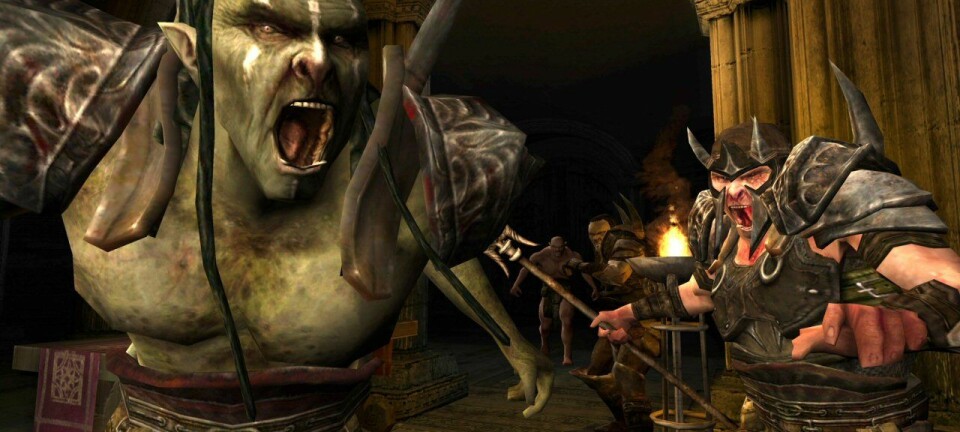
Computer model predicts tomorrow’s nature
Researchers have developed a computer model that can look into the future. The model’s virtual world makes it possible to explore how man-made changes in nature will impact on animal life in the future.
How will nature be affected if we change agricultural subsidies, use other pesticides or build a motorway?
So far, researchers have not had usable tools or information for answering such questions without time-consuming and expensive fieldwork.
But this will be easier in the future after researchers at Aarhus University have developed an advanced computer model that makes it possible to simulate various future scenarios in nature, based on the real world.
Information about the new computer model has just been published in the scientific journal Ecological Indicators.
“The scenarios give a realistic picture of how different changes will impact on various animal species over time,” says Toke Thomas Høye PhD, a senior scientist at Aarhus University’s Department of Bioscience, one of the researchers behind the model.
“For example, the model can say how different pesticides affect the animals both directly and indirectly through their food chain.”
Based on knowledge about individuals
The model – which is an ‘agent-based model’ or a ‘simulation model’ – is based on detailed knowledge of individuals, in this case animal species. Models like this are being used increasingly to solve challenges facing society as a whole in many areas such as medicine, sociology, marketing and biology.
The advantage of models based on individuals is that they give a more reliable prediction of the development of the total population, compared with models that are based on a whole species or total population – as these total population models assume that all individuals behave in the same way, which is far from reality.
Resembles a computer game
Høye’s model is based on information about individual animal species and their habitats, gathered during field studies.
The complex behaviour patterns of the individual animal species are stored in the model’s database, and these detailed descriptions are used to predict the different ways the animal species will react naturally to changes in their surroundings.
“The model resembles a computer game, as it functions as a virtual world where partridges, larks, field voles and hares, for instance, look for food, breed and try to avoid their enemies,” says the researcher.
“Thus each model can simulate in a natural way how individuals will react if you change the conditions in which they live – for example by building a motorway through their habitats.”
Models ready for six animal species
An agent-based computer model has the potential to contain several million individuals at the same time, but the work involved in building the complex models is very time-consuming.
Biology, however, is one area where researchers have come a long way with developing models, he says.
Høye and his colleagues have so far developed complete models for six wild animal species:
- Larks
- Partridges
- Field voles
- Hares
- A spider specimen
- A ground beetle
In addition, models for a further three species are being developed, including the threatened butterfly Marsh Fritillary, and the common domestic cat, which as a beast of prey probably has greatest importance for many wild bird species.
Here is a simulation of the larva (light blue), pupae (light green) and adult (dark blue) stages of the ground beetle Bembidion lampros. The photos were taken at ten-day intervals over a period of seven years. The various beetles have been programmed in the computer model as independent individuals moving round their habitat as small dots. The individuals behave differently depending on the conditions they experience, e.g. as the seasons change. (Video: Toke Thomas Høye)
Index for decision-makers
Høye and his colleagues have also developed an index that makes it easier for decision-makers or managers of Danish natural areas to use the models when choosing the best solutions among 100 different scenarios.
The researchers’ next step will be providing information about the models and the index to the organisations that finance research and the public institutions that will use the results of the models.
Høye believes that the index is an important marketing parameter as it makes the results more concrete and easier to understand for non-specialists.
“There’s an increasing acceptance of our model and we’re working with several public institutions in Denmark and abroad on using the model to solve nature management problems,” he says. “But we’d like to have the model used in many other places.”
------------------------------
Read this story in Danish at videnskab.dk
Translated by: Michael de Laine





